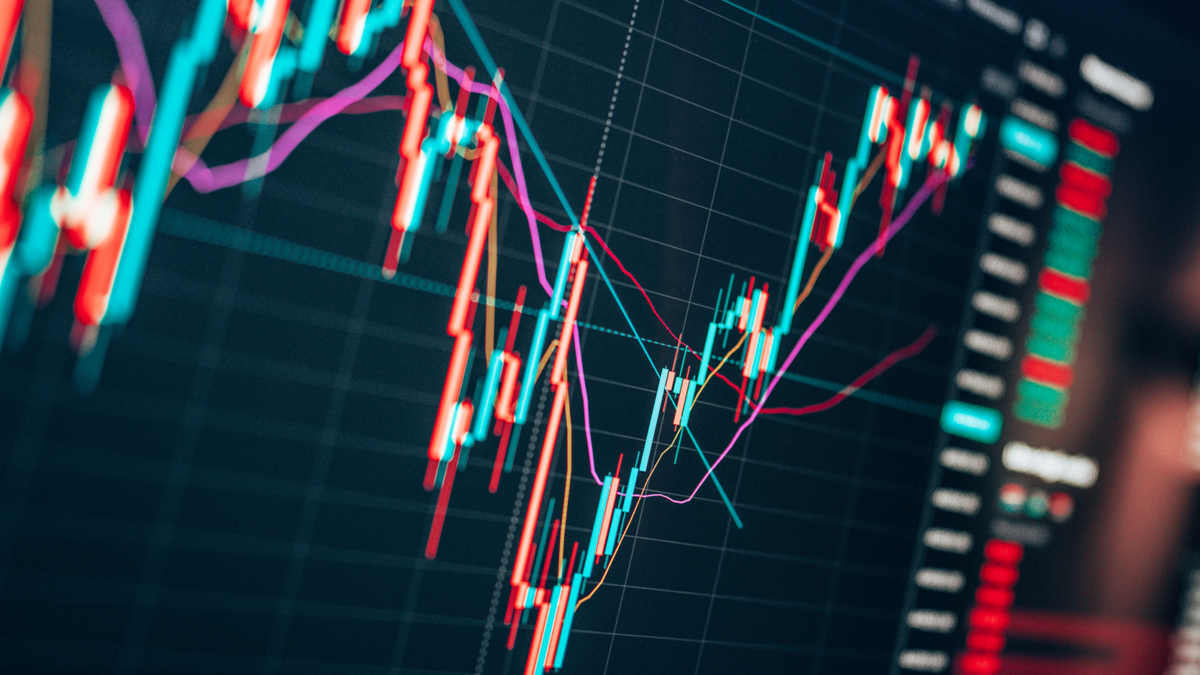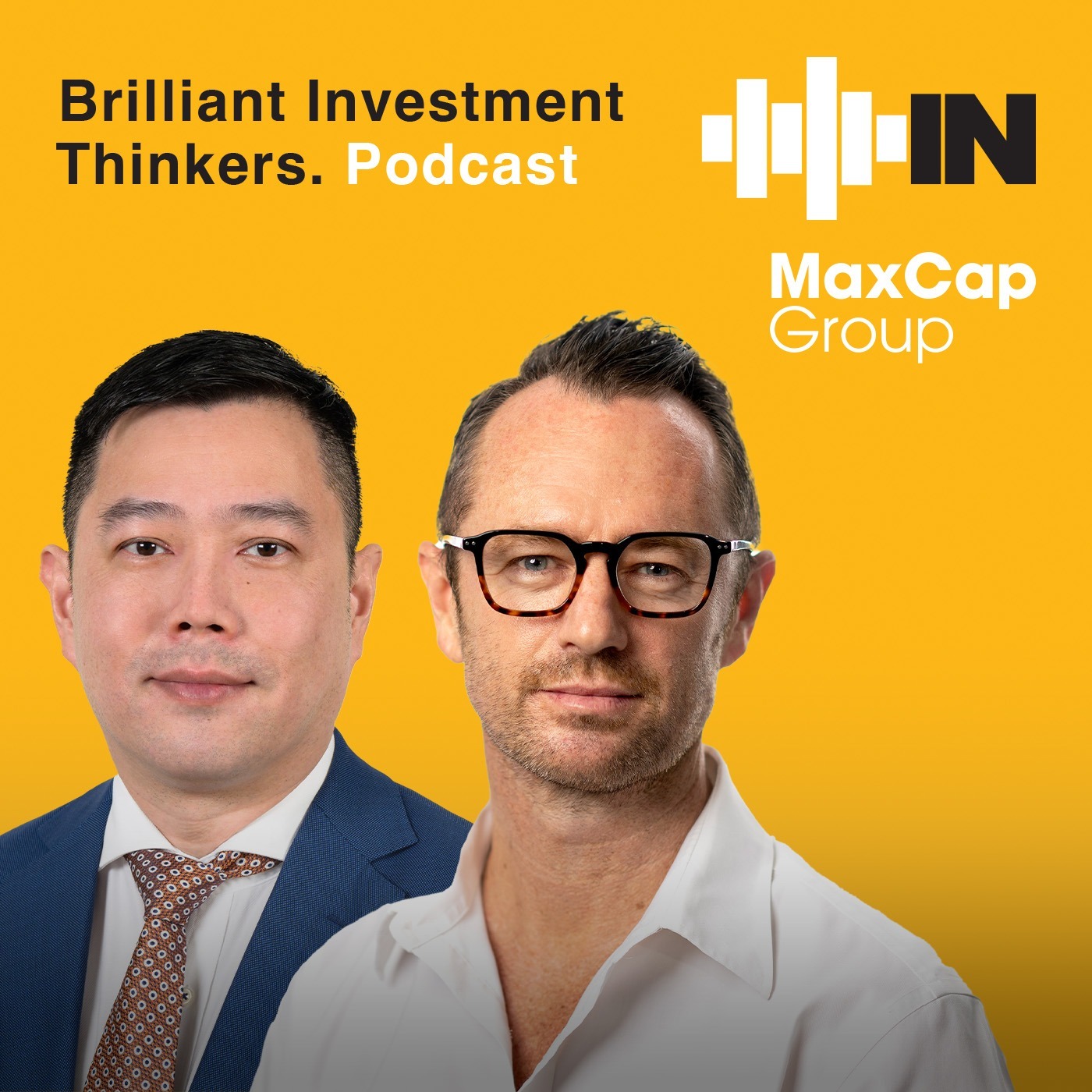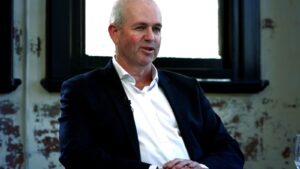Bond attraction firms as rate cuts swell yields and non-correlation returns
The past few years have been problematic for bonds, with rising interest rates hampering yields and their traditional role of diversifier being challenged by intermittent correlation with equities. But a confluence of factors are mitigating those concerns in the back half of 2024, and bonds are poised to shine in the near term according to a recent whitepaper from fixed income specialists Capital Group.
As ever, the rate cycle in the US has a significant bearing on the state of the bond market. The UD Fed has already signalled that the peak has been reached and with a 50 basis point cut already in the books, its primary concern is ensuring a soft landing for the economy after the emergence of soft employment figures. Rate cuts in Australia lag, but will follow in 2025.
With concern about a slowdown in growth and consequent rate cuts, Capital Group notes, duration often changes from a potential drag on portfolios to a positive price contributor. Past rate cycles have demonstrated this repeatedly. Looking back at every period of sustained rate cuts of the last 40 years, we found that, on average, investment grade credit returned10 per cent in the three years after the last rate hike in a cycle,” the report states.
Worth noting is that since the last US rate hike in July 2023, global corporate bonds have returned 9.5 per cent.
But fixed income instruments like bonds have a broader role in portfolios, with advisers and investors historically relying on them to provide non-correlated defensive ballast against their equity allocations. That role has been shaken with the strong upswing in interest rates, a development which can often upset the natural order. But with economists calling the US interest rate peak for some time bonds are already reasserting their diversification worth, In the ‘mini-slump ‘ over July/August, when the S&P500 fell 8.4 per cent, global investment grade corporate credit gains 1.3 per cent.
“As the market narrative on risk has shifted from worries about a potential reacceleration of inflation towards recession concerns, we believe the negative bond-equity correlation could persist”, Capital Group says.
Fortifying the the fixed income product provider is the historical trend for that negative correlation to hang around when inflation falls below three per cent, which typically normalises the relationship between bonds and equities and allows bonds to fulfill their role as non-correlated diversifiers.
“The current environment of moderating inflation, and a Fed that is primarily concerned about growth risks, points to a higher likelihood of bonds continuing to provide that diversifying role,” Capital Group adds.
What higher bond yields and a return to non-correlation mean for investors is for each to decide, but Capital Group believes now could be a savvy time to deploy some of the cash built up post-pandemic. The US and by extension many of the world’s central banks are still in the early phase of rate cutting, or in the case of Australia on the cusp of it, so the timing could well be positive.
In this early phase of the easing cycle, investing in fixed income and particularly high-quality corporate bonds provides the opportunity to lock in yield and benefit from the potential duration tailwind,” Capital Group notes.











